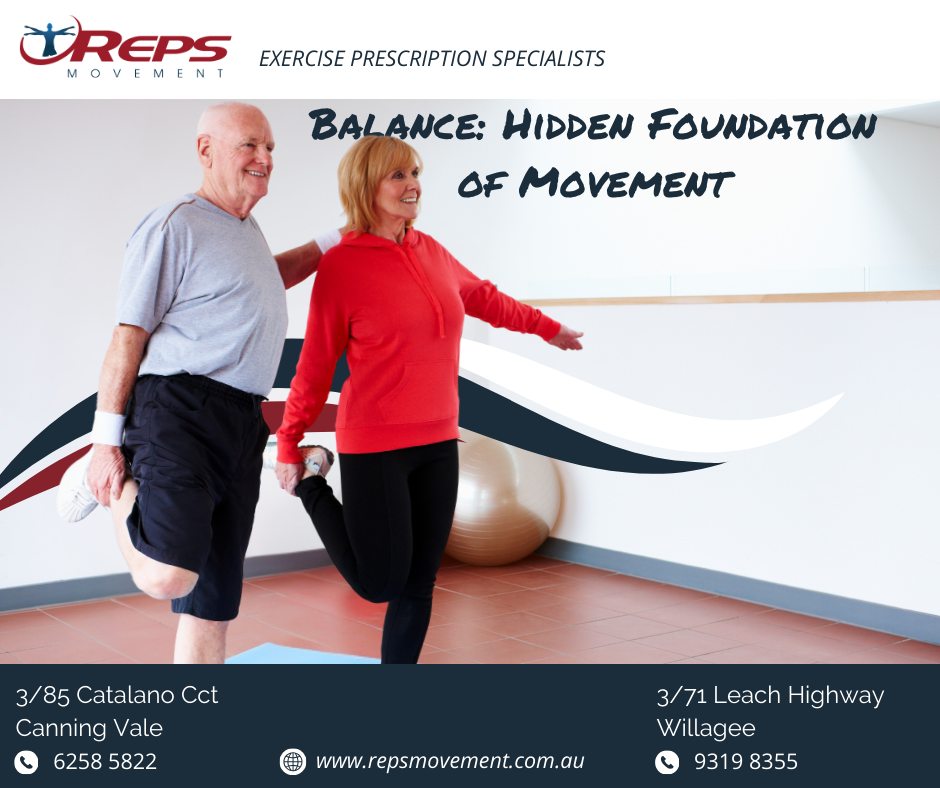Your Balance System: A Marvel of Engineering Your balance isn't controlled by a single muscle or system – it's an incredibly sophisticated network working behind the scenes every moment of every day. Three key systems collaborate to keep you upright and stable:
Your Visual System acts like a GPS, constantly scanning your environment for obstacles, changes in terrain, and spatial references. Ever notice how much harder it is to balance with your eyes closed? That's your visual system at work.
Your Vestibular System in your inner ear is like a built-in level, detecting changes in head position and movement. This system tells you whether you're moving forward, backward, or tilting to one side.
Your Proprioceptive System consists of sensors throughout your muscles, joints, and tendons that provide constant feedback about where your body is in space. This is what allows you to touch your nose with your eyes closed or know if your foot is on solid ground without looking.
The remarkable thing? When one system isn't working optimally, the others can compensate – but only if they're trained and maintained. | 